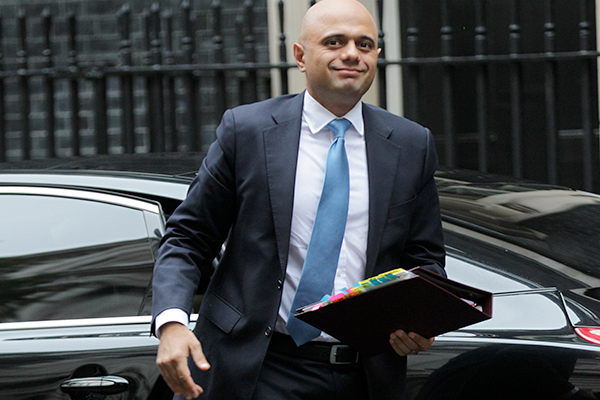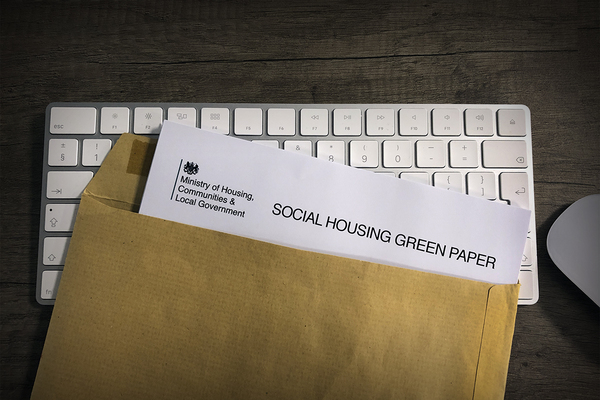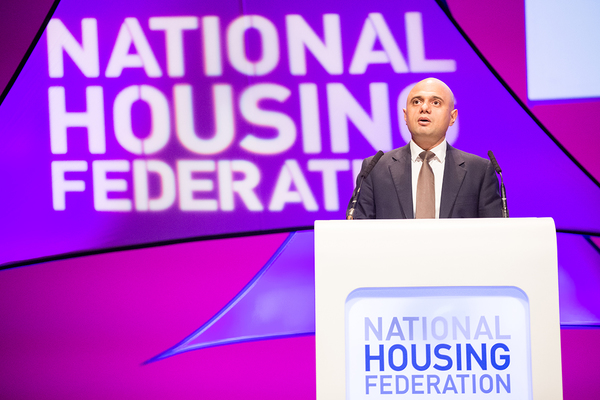You are viewing 1 of your 1 free articles
A short history of housing green papers
A Housing Green Paper has been promised by the communities secretary. Mervyn Jones asks what impact previous green papers have had on the sector
What is a green paper?
The parliament.uk website says: “Green papers are consultation documents produced by the government.
“The aim of these documents is to allow people both inside and outside parliament to give the department feedback on its policy or legislative proposals.”
So housing professionals should prepare to make submissions to help influence policy.
A history of housing green papers:
1977
Labour housing minister Peter Shore published the first Housing Green Paper. This was against the backdrop of growing public disenchantment with council housing.
The green paper recognised the improvement in the quality of the country’s housing stock since the end of the Second World War and the emergence of new local needs.
It endorsed homeownership as a “strong and natural desire” which “should be met”. It supported shared ownership and the growth of the housing association movement.
It was backed by a monumental technical appendix in three volumes that laid the foundations for “evidence-based” policymaking, taken up by the authors of the UK Housing Review from 1993.
“The green paper supported shared ownership and the growth of the housing association movement.”
The paper tackled housing finance, committing to continuing public subsidy to all tenures and to keep rents in line with incomes.
Much was left to be done when Margaret Thatcher’s Conservatives won the 1979 election and quickly enacted the 1980 Housing Act that introduced the Right to Buy.
Her government and that of John Major never saw the need to consult on housing policy.
2000
Three years after Tony Blair’s landslide victory and 23 years after Mr Shore’s paper, deputy prime minister John Prescott published Quality and Choice: A Decent Home for All.
The emphasis was on the repair backlog in social housing, leading to the introduction of the Decent Homes Standard, which remains in place today.
“The emphasis was on the repair backlog in social housing.”
Beyond this practical priority there was a strong push for greater choice.
As with the Blair administration in general, there were too many initiatives to mention. Some highlights, most of which continue today, were:
- Developing the strategic role of local authorities
- Tenant Involvement and Best Value
- Creation of ALMOs
- Continuation of stock transfer and the Private Finance Initiative
- Embracing Sir John Egan’s recommendations in Rethinking Construction
- Introduction of the Supporting People Programme
- The Starter Homes initiative
- Choice-based lettings
- Rent restructuring
Maybe because this green paper was produced early in the first Blair ministry it has had a long-term impact.
2007
The then housing minister Yvette Cooper published Homes for the future: more affordable, more sustainable in July 2007, 10 years after Mr Blair’s victory, shortly after Gordon Brown took on the premiership and just as the first signs of the global financial crisis were emerging. The frontispiece, a new departure, featured a regeneration scheme in Portsmouth.
The £8bn for affordable housing was the biggest programme ever and the emphasis was on delivery in the face of the doubling of house prices, caused in part by the easy availability of mortgage finance.
The highlight was the target to deliver three million new homes by 2020. This was coupled with the troubled policies for growth points and eco-towns and also improving design standards to improve the popularity of these decisions.
“Perhaps for the first time sustainability had prominence.”
The familiar themes of land availability, unblocking the planning system and funding for affordable housing were all there. Perhaps for the first time sustainability had prominence. The continuing growth in household numbers was touched on, although without a reference to net migration.
The green paper was very detailed, with 11 supporting documents. Technically the paper was evidence based and highly sophisticated. Unfortunately the roof was about to fall in as the financial crisis hit in 2008 and Labour lost the election in 2010.
Communities secretary Sajid Javid announced the Social Housing Green Paper at the National Housing Federation in September
2017/2018
So what have we learnt and what might we expect of a green paper in 2017 or 2018?
The first and most obvious observation is that housing policy is a long-term pursuit, which implies that a period of political stability is required to see the proposals implemented in full.
Second, the proposals themselves benefit from a sound base in evidence.
Third, the evidence has to drive the emphasis, which has changed dramatically since 2007.
“The proposals will have to confront thorny issues around landbanking and greater intervention to boost housing supply and may not be universally welcome.”
The announcement of a first Social Housing Green Paper from a Conservative government must be welcome, even if the political environment in which it will land is highly uncertain.
The Housing White Paper, titled Fixing our broken housing market, highlighted the serious problem for a party committed to a free market.
Ms May’s speech to the party conference in October and the announcement of a five-year rent settlement from April 2020 of CPI+1% provided hope that there will be some muscle behind the proposals.
This was further boosted by the decision to reverse the plan to cap social housing rents to prevailing Local Housing Allowance rates from 2019 as had been expected from.
However, the recognition that there is a housing crisis, particularly among younger people, almost certainly means that to succeed, the proposals will have to confront thorny issues around landbanking and greater intervention to boost housing supply and hence may not be universally welcome.
Housing practitioners must look forward to the opportunity to influence housing policy. This arises only every 10 years and demands carefully crafted responses. Be prepared!
Mervyn Jones, director, Savills Housing Consultancy
Comment: what can we expect from the Green Paper?
So what might we expect of a green paper in 2017 or 2018?
The first and most obvious observation is that housing policy is a long-term pursuit, which implies that a period of political stability is required to see the proposals implemented in full.
Second, the proposals themselves benefit from a sound base in evidence.
Third, the evidence has to drive the emphasis, which has changed dramatically since 2007.
“The proposals will have to confront thorny issues around landbanking and greater intervention to boost housing supply and may not be universally welcome.”
The announcement of a first Social Housing Green Paper from a Conservative government must be welcome, even if the political environment in which it will land is highly uncertain.
The Housing White Paper, titled Fixing our broken housing market, highlighted the serious problem for a party committed to a free market.
Ms May’s speech to the party conference in October and the announcement of a five-year rent settlement from April 2020 of CPI+1% provided hope that there will be some muscle behind the proposals.
This was further boosted by the decision to reverse the plan to cap social housing rents to prevailing Local Housing Allowance rates from 2019 as had been expected from.
However, the recognition that there is a housing crisis, particularly among younger people, almost certainly means that to succeed, the proposals will have to confront thorny issues around landbanking and greater intervention to boost housing supply and hence may not be universally welcome.
Housing practitioners must look forward to the opportunity to influence housing policy. This arises only every 10 years and demands carefully crafted responses. Be prepared!
Mervyn Jones, director, Savills Housing Consultancy
This comment first appeared as part of a longer article published on 13 November 2017















